Birds of prey have long captivated human imagination with their power, grace, and hunting prowess. Among these magnificent creatures, several species exhibit a remarkable trait that resonates deeply with our own understanding of commitment: lifelong monogamy. While many animals change mates seasonally or opportunistically, certain raptors form pair bonds that last until one partner dies. These enduring partnerships serve practical evolutionary purposes—raising young successfully, defending territory, and perfecting hunting strategies together—but they also reveal fascinating social dynamics that mirror aspects of human relationships. In this exploration of avian fidelity, we’ll discover ten raptor species that demonstrate extraordinary commitment to their mates, examining how these partnerships function and why they evolved in these particular birds.
Bald Eagles: America’s Monogamous Symbol
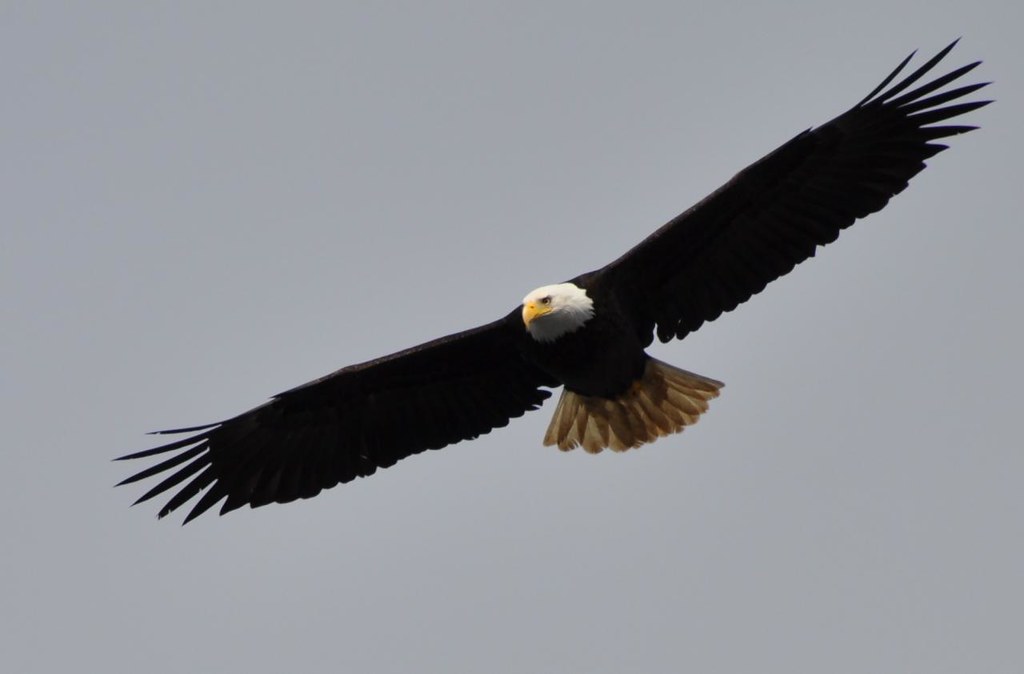
The iconic Bald Eagle (Haliaeetus leucocephalus), America’s national bird, forms some of the most steadfast pair bonds in the raptor world. These majestic birds typically mate for life, reuniting each breeding season at the same nest site, which they maintain and expand year after year. Some eagle nests, called eyries, have been continuously used and built upon for decades, eventually weighing up to a ton and measuring up to 10 feet across. The courtship between Bald Eagles involves spectacular aerial displays, including the famous “cartwheel display” where the birds lock talons mid-air and spin toward the ground, releasing just before impact. These bonds are generally only broken by the death of one partner, after which the surviving eagle will seek a new mate—demonstrating that while their monogamy is impressively enduring, pragmatism ultimately governs their behavior.
Golden Eagles: Wilderness Partners
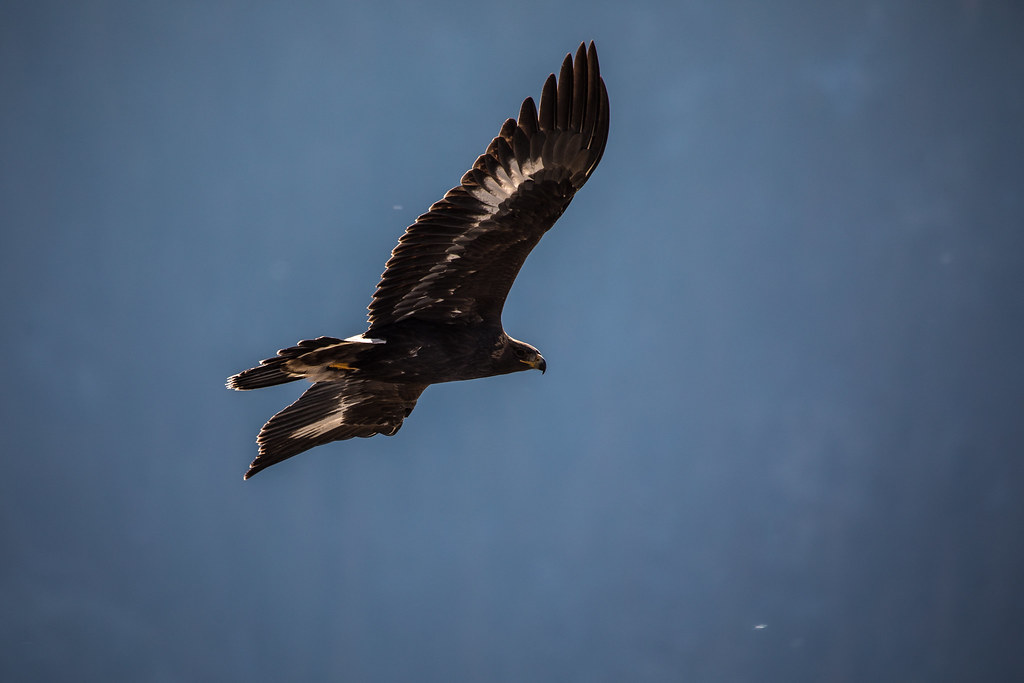
Golden Eagles (Aquila chrysaetos) maintain some of the most enduring partnerships in the bird world, with pairs often staying together for decades in the rugged landscapes they call home. These powerful birds, with wingspans reaching up to 7.5 feet, perform elaborate aerial courtship displays to strengthen their bonds, including synchronized flying, dramatic dives, and talon-grasping. Golden Eagle pairs cooperatively defend vast territories that can span over 60 square miles, a task that benefits tremendously from having a committed partner. Their nest-building efforts are similarly collaborative, with both eagles gathering materials and constructing massive platforms on cliff ledges or occasionally in trees, which they’ll return to and refurbish each year. The longevity of these eagles—they can live up to 30 years in the wild—means that successful partnerships may last for decades, representing one of nature’s most impressive examples of avian commitment.
Peregrine Falcons: Speed and Fidelity
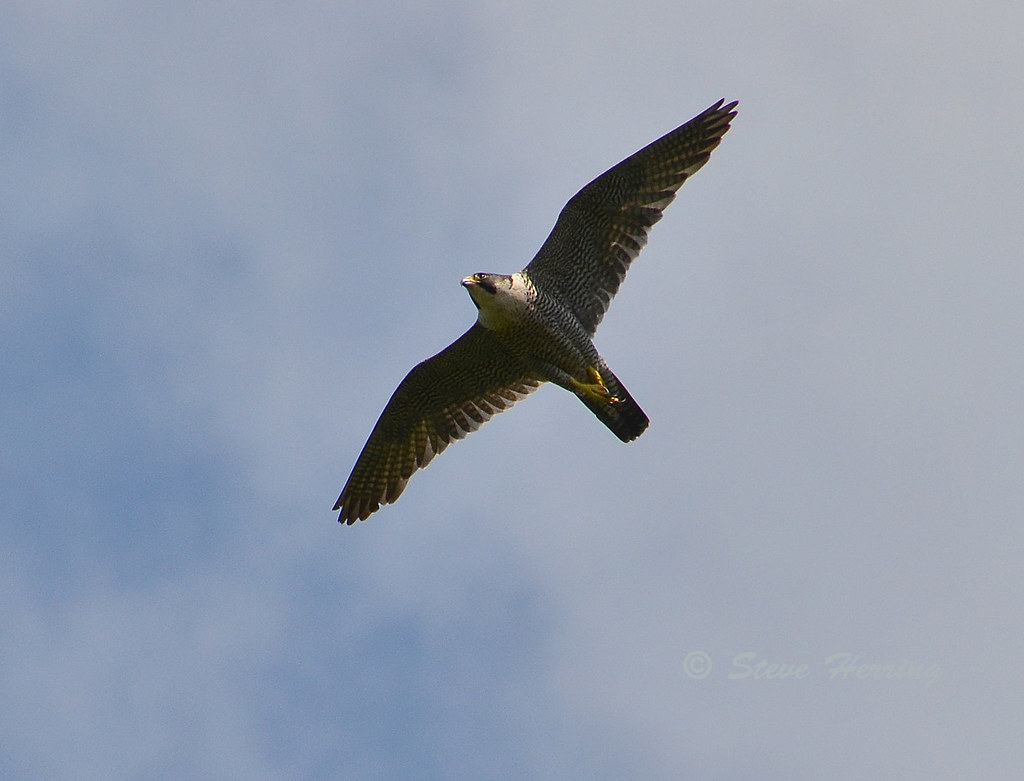
Peregrine Falcons (Falco peregrinus), renowned as the fastest animals on Earth with diving speeds exceeding 200 mph, demonstrate remarkable loyalty to both their territories and their mates. These cosmopolitan falcons typically form pair bonds that last for life, returning to the same nesting site year after year, whether it’s a natural cliff face or an urban skyscraper ledge. Their courtship involves breathtaking aerial displays, with males performing acrobatic flight maneuvers and food transfers to impress and bond with their chosen females. Peregrine pairs coordinate hunting efforts with astonishing precision, with one bird sometimes flushing prey while the other makes the kill, demonstrating how their partnerships enhance survival success. The strength of their bond is particularly evident during nesting season, when they fiercely defend their territory together and take turns incubating eggs and providing food for their growing chicks.
California Condors: Endangered Loyalists
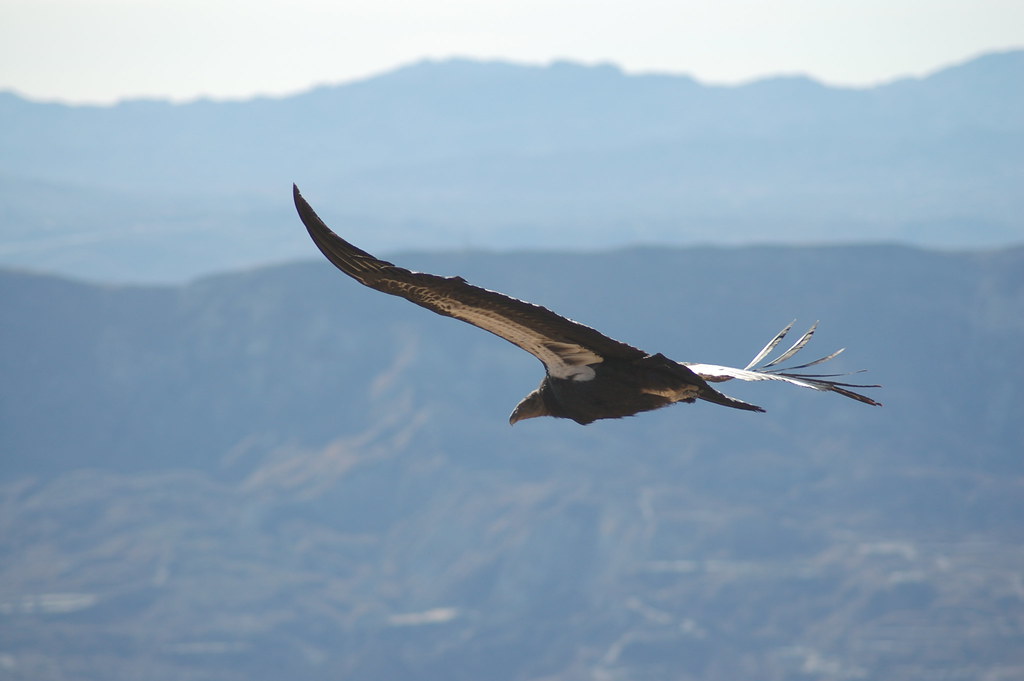
California Condors (Gymnogyps californianus), North America’s largest flying birds with wingspans reaching nearly 10 feet, form enduring pair bonds despite their critically endangered status and the intense conservation interventions they’ve experienced. These magnificent scavengers, which nearly went extinct in the 1980s when only 22 individuals remained, typically mate for life once they reach sexual maturity around six years of age. Their courtship involves synchronized soaring flights and mutual grooming behaviors that strengthen their connection. California Condor pairs share incubation duties equally, with each partner typically spending 1-3 days on the nest before switching, demonstrating remarkable coordination over the lengthy 56-day incubation period. The slow reproductive rate of condors—they generally produce only one chick every other year—makes their monogamous strategy particularly valuable, as established pairs can efficiently coordinate their parenting efforts without wasting energy finding new mates.
Osprey: Fishing Partners for Life

Ospreys (Pandion haliaetus), often called “fish hawks” for their specialized fish-hunting abilities, maintain some of the most visible and well-studied monogamous relationships among raptors. These cosmopolitan birds return to the same conspicuous nests year after year, often built on exposed platforms, utility poles, or artificial nest structures specifically designed for them. Osprey pairs migrate separately to their wintering grounds but remarkably reunite at the same nest site each spring, with some partnerships documented to last over 20 years. Their nests become community landmarks, growing larger each season as the pair adds new materials, sometimes reaching dimensions of 10 feet deep and 5 feet across after years of use. Both parents share responsibilities during the breeding season, with males typically providing fish for the family while females handle most of the incubation and direct care of the young, demonstrating a clear division of labor that maximizes their reproductive success.
Red-tailed Hawks: Suburban Sweethearts
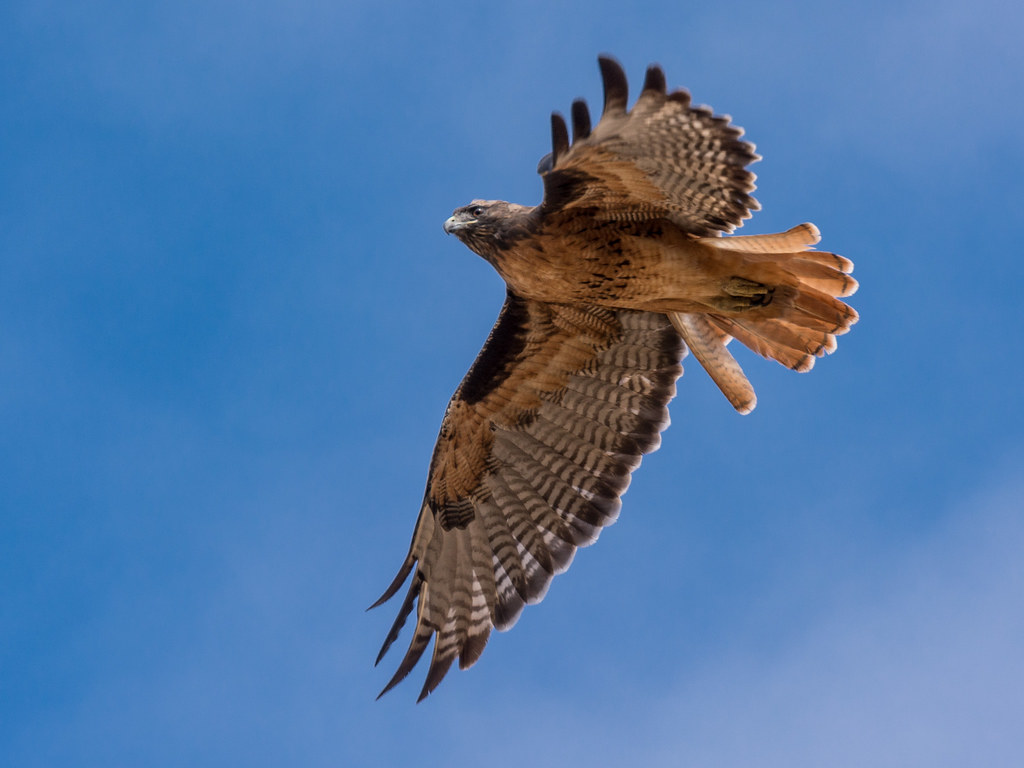
Red-tailed Hawks (Buteo jamaicensis), one of North America’s most widespread and adaptable raptors, form bonds that typically last for life, making them a common example of avian monogamy that many people can observe even in suburban environments. These versatile hawks perform spectacular courtship flights, with pairs soaring in wide circles and the male repeatedly diving and then climbing steeply while the female flips over to briefly touch talons with him mid-air. Once established, Red-tailed Hawk pairs defend their territory year-round in most regions, working together to ward off intruders through intimidating flights and vocalizations. Their hunting partnership demonstrates remarkable coordination, with pairs sometimes hunting cooperatively by having one hawk flush prey toward the waiting partner. The resilience of their bonds is particularly evident when faced with challenges, as pairs will work together to rebuild nests destroyed by storms and will continue their partnership even when forced to relocate to new territories due to habitat changes.
Black Vultures: Underappreciated Romantics
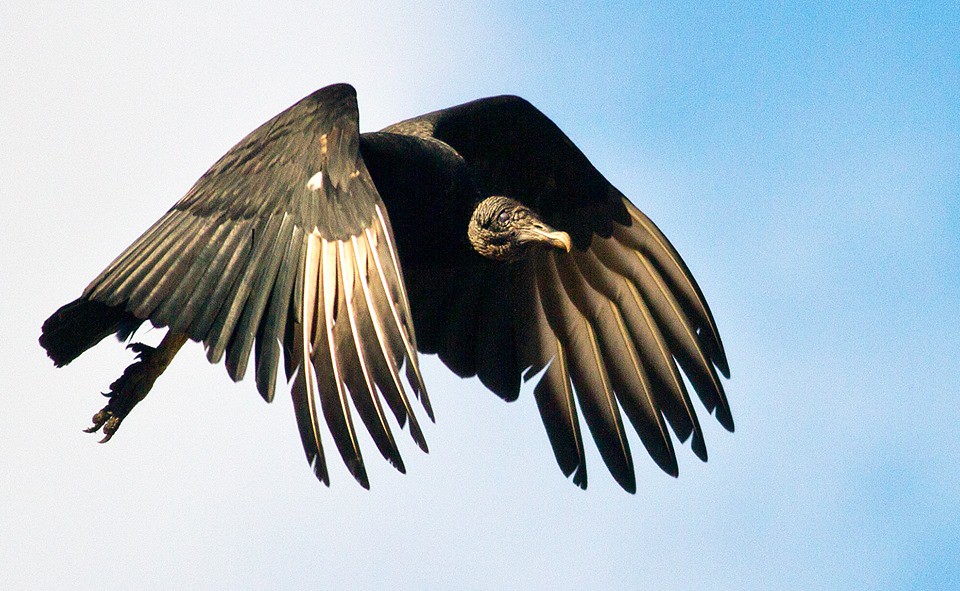
Black Vultures (Coragyps atratus), despite their somewhat macabre reputation as scavengers, maintain some of the strongest pair bonds among raptors, staying together year-round and potentially for their entire lives. Unlike many birds that separate outside breeding season, Black Vulture couples maintain constant companionship, roosting together, feeding together, and even preening each other throughout the year. Their commitment extends beyond just the pair, as Black Vultures maintain strong family units where young birds may stay with their parents for months or even years, creating extended family groups that roost and feed together. Researchers have observed touching displays of apparent affection between mated pairs, including mutual grooming, synchronous movements, and what appears to be recognition and excitement when reuniting after separation. These social bonds serve practical purposes in Black Vulture society, as paired birds can defend carcasses more effectively against competitors and coordinate their efforts in locating food across their expansive territories.
Secretary Birds: Savanna Life Partners
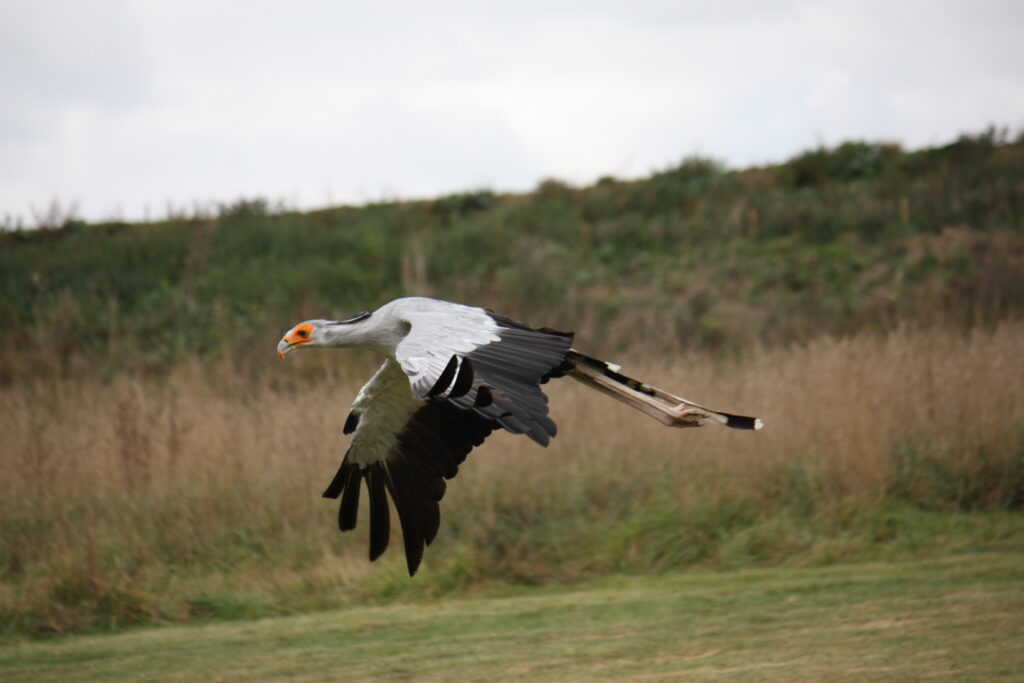
Secretary Birds (Sagittarius serpentarius), the distinctive terrestrial raptors of African grasslands known for their crane-like appearance and snake-hunting prowess, form monogamous pairs that often last for life. These unique birds, which can stand up to 4 feet tall, engage in elaborate courtship displays that include jumping, wing-flapping, and mutual feeding to establish and reinforce their bonds. Secretary Bird pairs work together to build and maintain their massive breeding platforms, which can span up to 8 feet wide and are typically placed atop flat-crowned acacia trees overlooking their hunting territories. Their cooperative parenting strategy involves both birds participating in incubation duties and food provision, with males often hunting while females brood, and later taking turns protecting their vulnerable chicks from predators. These partnerships prove particularly valuable given the Secretary Bird’s vulnerable conservation status and their specialized ecological niche, allowing experienced pairs to successfully reproduce in challenging savanna environments.
Snail Kites: Specialized Companions
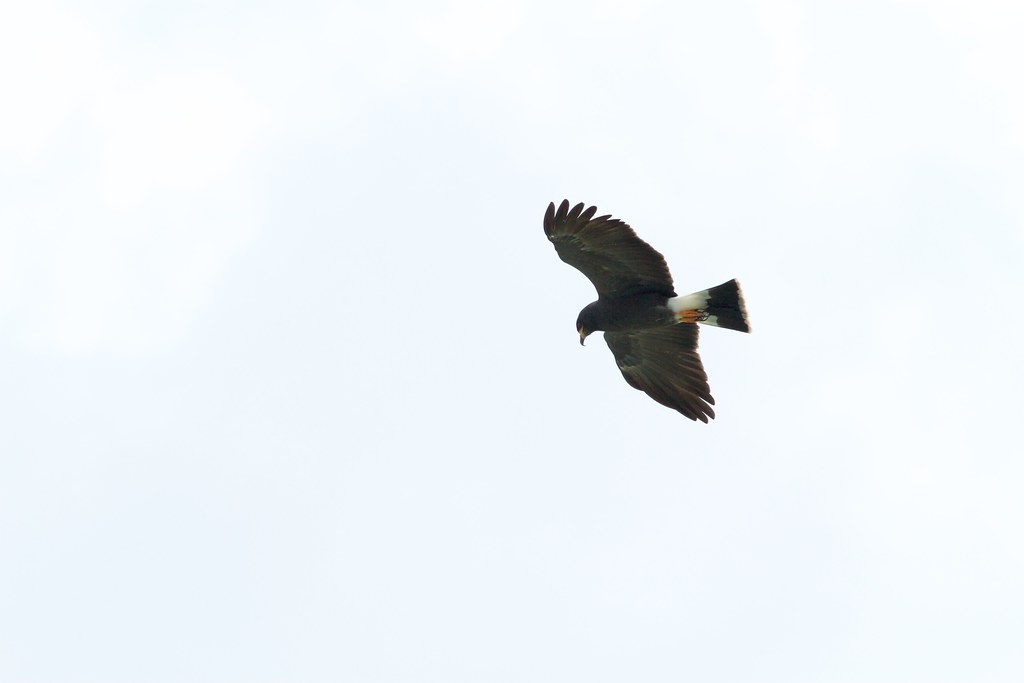
Snail Kites (Rostrhamus sociabilis), highly specialized raptors that feed almost exclusively on apple snails, form pair bonds that typically last for multiple breeding seasons and often for life in stable habitat conditions. These distinctive hawks, with their slender curved bills adapted for extracting snails from their shells, engage in aerial displays and food-sharing behaviors during courtship to establish their partnerships. Snail Kite pairs coordinate their nesting efforts precisely, with males constructing the nest while females approve the location and design, demonstrating clear communication between mates. Their cooperative approach to parenting is especially important given their specialized diet, as both parents must be efficient at harvesting enough snails to sustain their rapidly growing chicks. In regions where apple snail populations fluctuate dramatically due to water level changes, Snail Kite pairs may temporarily separate to find food but often reunite when conditions improve, showing remarkable fidelity despite environmental challenges.
Philippine Eagles: Endangered Monogamists
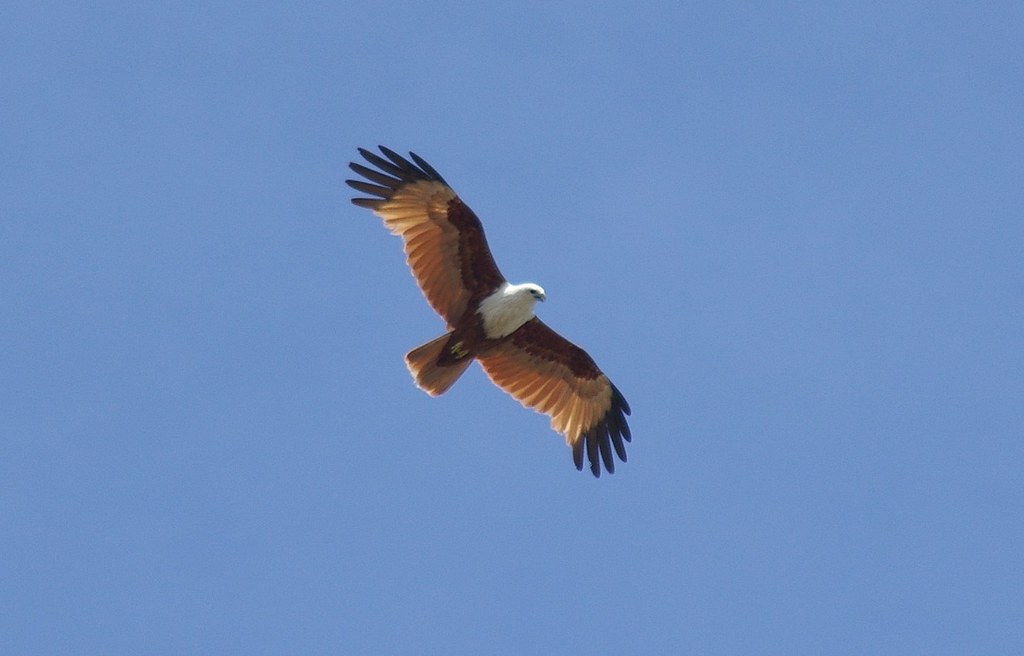
Philippine Eagles (Pithecophaga jefferyi), among the world’s largest and most endangered eagles, form powerful lifelong bonds that contribute to their reproductive strategy but also make them particularly vulnerable to population decline. These magnificent birds, with wingspans reaching over 7 feet, maintain exclusive territories of up to 40 square miles of forest, which pairs defend together against all intruders. Their reproductive cycle is extraordinarily long, with each pair producing only one egg every two years and both parents investing heavily in the 60-day incubation period and the nearly two-year period of parental care and teaching that follows. The extreme commitment required to raise a Philippine Eagle chick makes their monogamous strategy essential, as the coordination between experienced mates dramatically increases the chances of successfully rearing their single offspring. Unfortunately, their strong pair bonds also mean that when one eagle is killed—often by human persecution or habitat loss—the remaining bird rarely re-pairs, effectively removing two potential breeders from the already critically endangered population.
Harris’s Hawks: Cooperative Family Units
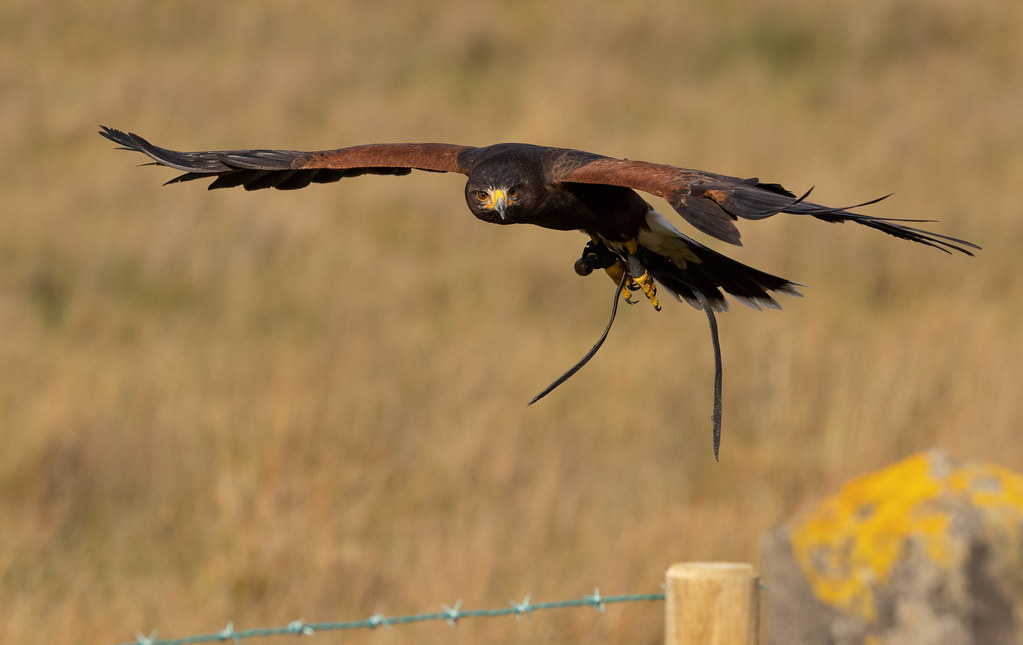
Harris’s Hawks (Parabuteo unicinctus) display a unique social structure among raptors, forming not just monogamous pairs but cooperative family groups with complex relationships that often last for life. Unlike most birds of prey, these desert-adapted hawks live and hunt in groups of 2-7 individuals, typically consisting of a dominant breeding pair and several “helpers” that are often offspring from previous years. The core of this social system remains the primary breeding pair, which maintains a bond that frequently lasts for life and forms the stable center around which the larger family group operates. Their cooperative hunting techniques are legendary among ornithologists, with group members taking assigned roles during pursuits—some flushing prey while others block escape routes—and even practicing a behavior called “backstanding” where hawks literally stack themselves on each other’s backs to gain height while scanning for prey. This exceptional level of cooperation and coordination would be impossible without the stable, long-term relationships that form between mated pairs and their extended family members, making Harris’s Hawks one of the most socially sophisticated of all raptor species.
The Evolutionary Advantages of Raptor Monogamy

The prevalence of lifelong monogamy among certain raptor species reflects powerful evolutionary advantages that have reinforced this mating strategy over millennia. For large, long-lived predators with complex hunting techniques, maintaining a stable partnership allows for more efficient territory defense, better coordination during hunts, and improved success in raising offspring. Many raptors require extensive parental care—sometimes lasting years—which becomes more effective when delivered by experienced partners who have developed coordination through multiple breeding seasons. The investment in nest construction and maintenance, particularly for species that build massive structures used year after year, creates a shared resource that benefits from the continued attention of the same pair. Perhaps most significantly, monogamy reduces the energy expenditure associated with finding and courting new mates each season, allowing these high-metabolic-rate predators to direct more energy toward successful reproduction and survival. For these specialized aerial hunters, the benefits of maintaining a trusted, familiar partner clearly outweigh any potential advantages of seeking multiple mates, resulting in some of the animal kingdom’s most enduring partnerships.
In the world of birds, raptor monogamy stands as a testament to the diverse ways commitment manifests in nature. These powerful predators—from the iconic Bald Eagle to the socially complex Harris’s Hawk—demonstrate that long-term partnerships serve crucial evolutionary functions. Their bonds go beyond mere reproduction, facilitating sophisticated hunting collaborations, territory defense, and the passing of essential skills to offspring. As many of these species face mounting challenges from habitat loss, climate change, and human persecution, their monogamous nature becomes both a strength and vulnerability. The dedication these birds show to their partners offers a remarkable parallel to human relationships, perhaps explaining our enduring fascination with their lives. In studying the lifelong commitments of these magnificent birds, we gain not only scientific insight but also a deeper appreciation for the complex social bonds that help various species—including our own—navigate the challenges of survival.
